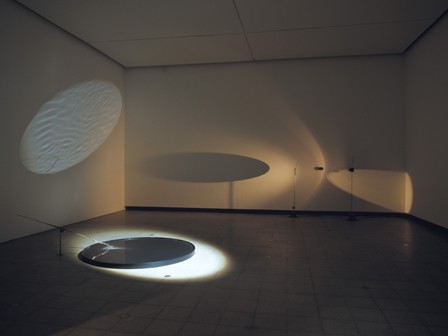The life of an art critic is not, in the normal run of things, a hazardous one, but some works of art are more dangerous than others. A number of years ago I was nearly decapitated by one of Rebecca Horn’s sculptures. The sculptor, who was born in Germany at the end of the Second World War, was one of the more illustrious foreign artists to have been invited to exhibit at the Hayward Annual, a now extinct exhibition of contemporary art formerly held every year on London’s South Bank. Her principal contribution was an intriguingly peculiar automaton, which seemed afflicted by some mechanical version of Parkinson’s Disease. The contraption in question (I forget its title) consisted of a sort of ice-pick attached to a motorised pendulum, suspended from the gallery ceiling. The mechanism whirred and clicked but every time that it seemed on the point of release the ice-pick would stutter to a halt and hang, quivering, in the air. Then, all of a sudden, it did release, to startling effect. A sudden, flashing glint of silver was followed by a loud splintering noise, as Horn’s pointed hammer crashed into the gallery wall just a few inches from my face. I remember exchanging glances, but no words, with a gallery attendant. This was the press preview. A few days later, returning to the gallery, I noticed that the work in question had been roped off.
Rebecca Horn is back at the Hayward Gallery for the summer, but this time she has been given the run of the whole place. “Bodylandscapes” is a retrospective exhibition, spanning the past four decades of the artist’s career. The show has not been arranged chronologically, but in sequences that appear calculated to evoke a series of different moods, from the eerily sinister to the...

Rebecca Horn at the Hayward, Tracy Emin at White Cube 2005
05-06-2005

